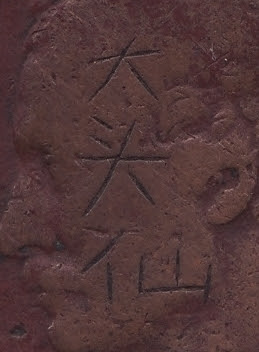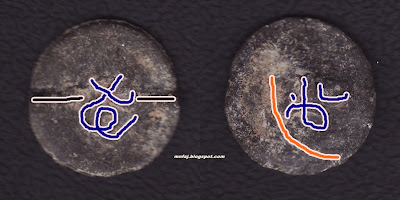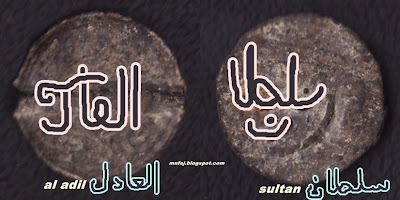 |
image 1: obverse and reverse of the coin
|
This is an
off-centre strike error coin, dated 1999 10 cent Malaysia.
This type of error happens when the planchet is not fed into the coin press correctly, and only certain part of the coin is struck.
There is a difference between an off-centre strike error coin and misaligned die error coin. The difference is a misaligned die error coin is struck in collar but on of the dies (the design) is off centered, while an off center is struck out of collar
To be qualified as an off-centre strike error coin, both the obverse and reverse must be equally off centre and part of the designs elements must be missing
Off-centre strike error coin is a random error, no two specimens are ever exactly alike.
Collectors usually categorized this error in terms percentage of how much the design is missing and the location of the miss-struck. In this case, this is an approximately 10% off-centre, located at 3 o'clock at obverse.
In this specimen, I observed that there are additional features.
At 6 o'clock, there is a "peeled" metal, located at obverse. What had caused this?
And there is also a "scratch" on obverse, around 11 to 12 o'clock.
I love to see the fishtailing of word "BANK" on reverse and the patina on the surfaces of this coin. Considering that this specimen was found among the circulation coin, I guess that I must be in a real luck to meet this coin.
Reference:
http://dniewcollectors.blogspot.com/





















































